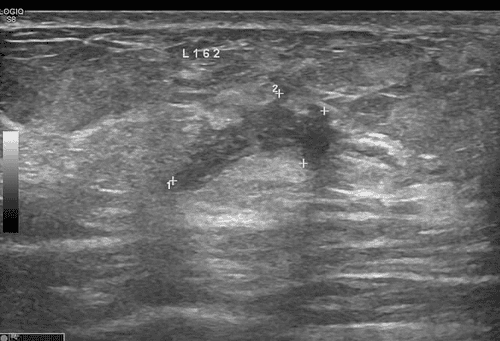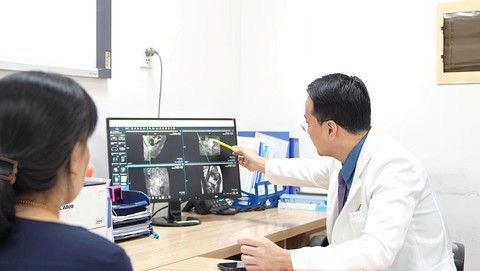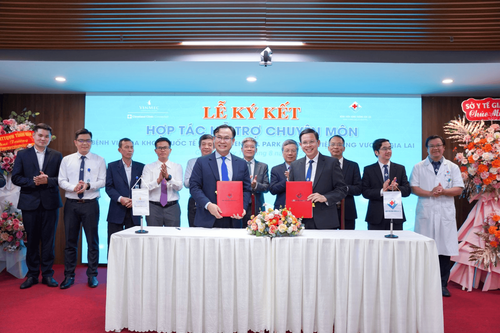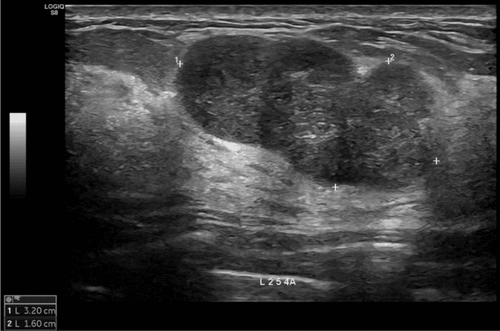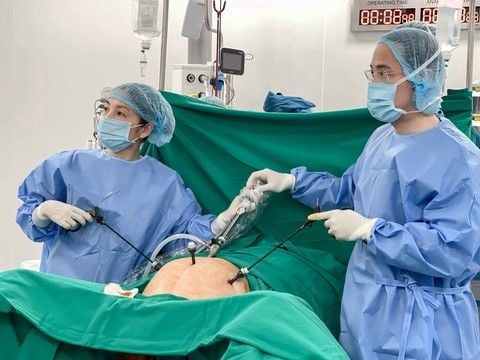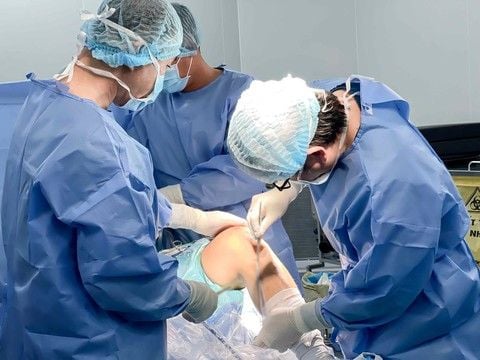For the first time in Vietnam, a case of drug-resistant epilepsy in a child has been successfully treated using the AutoGuide robotic navigation system. The surgery, performed at Vinmec Central Park International General Hospital (Ho Chi Minh City), marks a breakthrough in the treatment of complex neurological diseases and brings new hope to thousands of epilepsy patients in Vietnam today.
A journey of perseverance and the hope for peaceful sleep for a child
In 2021, little B.Q.K. (born in 2016, Hanoi) began experiencing unusual seizure episodes. He was diagnosed with epilepsy, sending his family into days of constant worry and anxiety. His mother, Mrs. C.L.V., shared: “At first, my child responded quite well to medication, but by 2024, even with higher doses and a combination of different drugs, he was still having frequent seizures—sometimes dozens of times a day.”
Prolonged seizures not only put the child at risk of falls and injuries but also seriously affected his physical and intellectual development. Despite being taken to many hospitals for treatment, his condition showed little improvement. For nearly 5 years, the family never gave up hope, wishing only that their child could live healthily and sleep peacefully.
According to the World Health Organization (WHO), about 30% of epilepsy patients do not respond to drug treatment—a condition called drug-resistant epilepsy. Surgery to remove the epileptic focus is therefore one of the most effective treatment options. However, accurately identifying the lesion in the brain is extremely challenging, especially when the affected area is deep or widespread.
The case of little K. was highly complex. Current techniques such as scalp electroencephalography (EEG), magnetic resonance imaging (MRI), or PET scan failed to detect a clear epileptic focus. The patient had already used the maximum medication dosage but the seizures could not be controlled.
After thorough examinations, multidisciplinary consultations, and comprehensive assessments, doctors at Vinmec Central Park International General Hospital decided to apply the most advanced technique: placing intracranial electrodes guided by the AutoGuide robotic navigation system—a technology that had never before been implemented in Vietnam for pediatric epilepsy treatment.
AutoGuide Robot – Cutting-edge technology opening a new treatment pathway
According to Dr. Truong Van Tri – Head of Neurosurgery, to pinpoint the epileptic focus accurately, doctors need to implant deep electrodes into the brain and continuously record intracranial EEG (SEEG) over many days. This is a highly specialized procedure that requires near-absolute precision to avoid damaging critical neural structures and blood vessels.
Here, the AutoGuide Robot functions as an intelligent navigation system, enabling doctors to precisely and swiftly guide the electrodes into the brain, while minimizing invasiveness to the greatest extent possible.
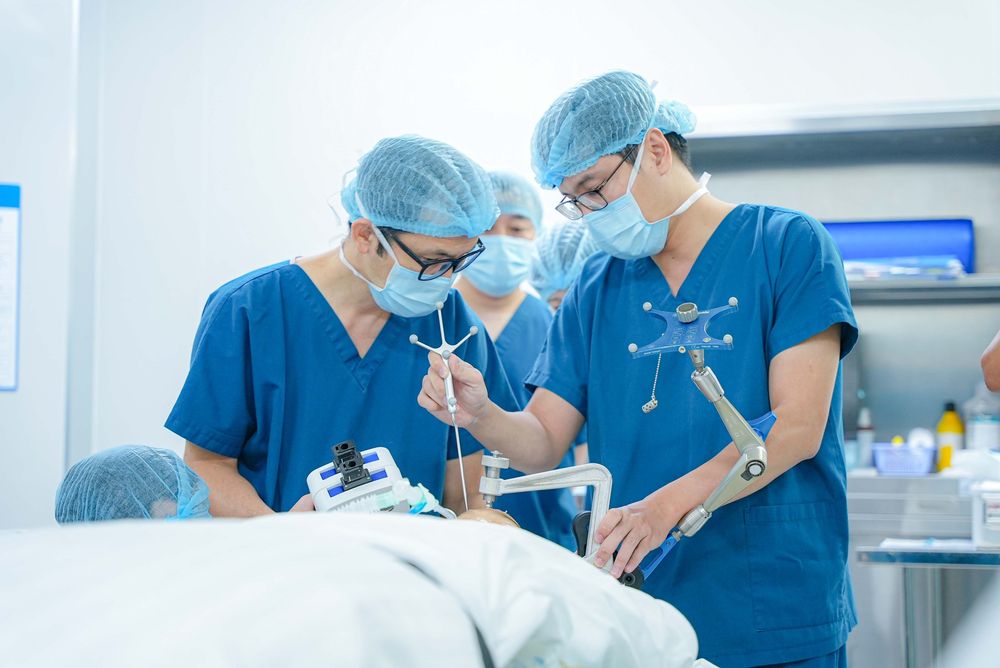
The robotic arm is pre-programmed, ensuring that the electrodes reach the exact areas to be examined without affecting functional regions. The incision is only a few millimeters, helping to reduce pain, minimize the risk of infection, and significantly shorten the surgical time.
“Previously, the placement of electrodes mainly relied on the skill and experience of the doctors performing the procedure. But today, with AutoGuide, we achieve maximum accuracy in complex cases,” Dr. Tri remarked.
The intracranial EEG monitoring process lasted 7 days, with the support of Associate Professor Dr. Nakae Shunsuke, a neurology expert from Japan. The recorded data helped identify the “culprit” — K.’s epileptic focus, located deep in the right orbitofrontal region and the lower frontal lobe — areas rich in many major nerves and blood vessels such as those for vision and smell.
On June 17, 2025, the surgical removal of the epileptic focus was performed by Dr. Tri’s team. Thanks to the precise navigation from the AutoGuide robot, the surgery was safe, minimized blood loss, shortened intervention time, and left no neurological sequelae.
After more than one month post-operation, B.Q.K. recovered well, living and playing normally without any neurological deficits. Only two mild seizures were recorded during sleep — compared to dozens per day previously — showing the effectiveness of the surgery. According to medical literature, epilepsy surgery can help 60–80% of patients control or completely stop seizures if carried out with the right indications and proper technique.
Vinmec Central Park – Bringing Vietnamese neurology closer to international standards
The success of this epilepsy treatment case came from the close coordination between multiple specialties: neurosurgery, neurology, diagnostic imaging, anesthesiology… along with Vinmec’s strong investment strategy in technology and human resources.
Vinmec Central Park International General Hospital is currently among the few medical facilities in Vietnam to: successfully perform SEEG intracranial electrode implantation, own the AutoGuide robotic navigation system, have a team of doctors trained abroad, and regularly collaborate with international experts.
The personalized treatment model – designing individualized protocols for each patient – is also a key difference that enhances treatment effectiveness, especially in children – a patient group highly sensitive to any neurological damage.
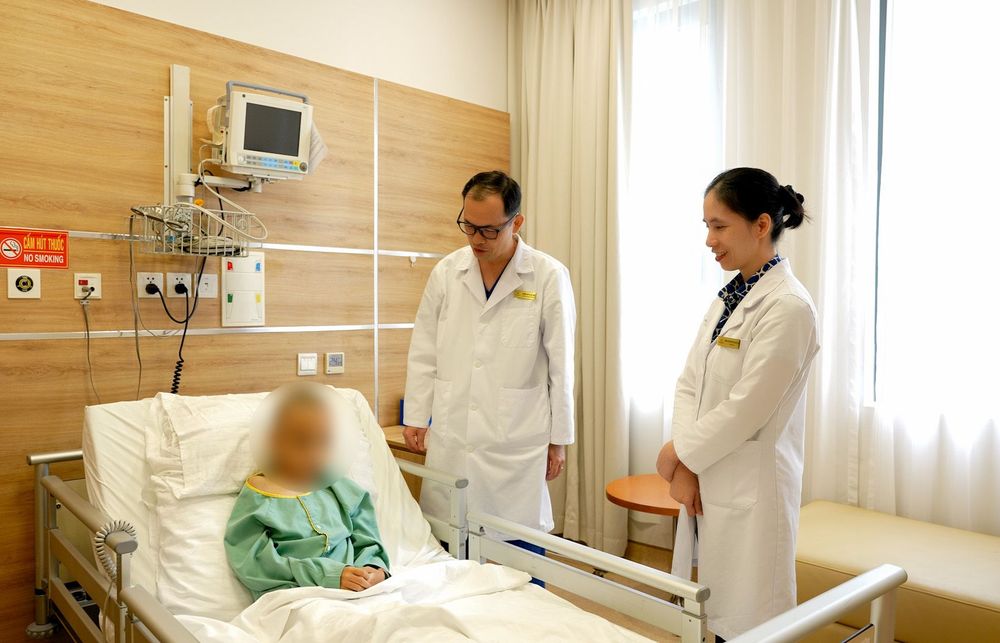
According to Dr. Trí, the successful surgery at Vinmec Central Park International General Hospital not only freed little K. from persistent daily seizures but also opened up an entirely new pathway in the treatment of complex neurological disorders in Vietnam.
“We are not only using technology to treat diseases but turning technology into a guide for hope—helping ensure that the future of thousands of pediatric patients is no longer held back by seizures,” a Vinmec representative shared.
To arrange an appointment, please call HOTLINE or make your reservation directly HERE. You may also download the MyVinmec app to schedule appointments faster and manage your reservations more conveniently.
